Effects of routine treatment with nonsteroidal anti-inflammatory drugs at calving and when lame on the future probability of lameness and culling in dairy cows: A randomized controlled trial
Effects of routine treatment with nonsteroidal anti-inflammatory drugs at calving and when lame on the future probability of lameness and culling in dairy cows: A randomized controlled trial
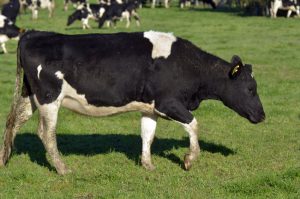
Open access
In our edition of: Aug 2022
In our categories of: farm animals
our summary:
Wilson, J.P. et al. (2022) Effects of routine treatment with nonsteroidal anti-inflammatory drugs at calving and when lame on the future probability of lameness and culling in dairy cows: A randomized controlled trial. Journal of Dairy Science, 105 (7), pp. 6041-6054.
The aim of this randomised controlled trial was to investigate the effects of routine treatment with non-steroidal anti-inflammatory drugs (NSAID) at first and subsequent calvings and during treatment for lameness on the future probability of lameness and culling.
A cohort of Holstein heifers from a single UK commercial dairy herd were recruited between January 2018 and June 2020. Lameness scoring to identify animals requiring treatment was carried out every two weeks, animals were identified as lame if they scored ≥2a on the adapted AHBD lameness scoring system. The lame heifers were then randomly allocated to one of four treatment groups before first calving.
Treatment group one animals received a therapeutic trim, and a wooden hoof block was applied to the sound claw (if deemed necessary by the operator), every time they were identified and treated for lameness. Group two animals received a therapeutic trim, a wooden hoof block (if deemed necessary), and a 3-day course of the NSAID ketoprofen (single daily dose administered by deep intramuscular injection) each time they were identified and treated for lameness. Group three animals received a therapeutic trim, a wooden hoof block (if deemed necessary), and a 3-day course of the NSAID ketoprofen (as for group two). In addition, animals in this group received a 3-day course of the NSAID ketoprofen after every calving event (first dose administered 24–36 hours after calving, with 2 further doses 24 and 48 hours after the first dose; administered by deep intramuscular injection). Group four animals received a 3-day course of the NSAID ketoprofen (with a single dose administered daily) every time they were identified with lameness (dose as for group two). No therapeutic trim or hoof block was administered unless they were scored as severely lame (i.e., score ≥3a). Probability of lameness was assessed using the lameness outcome score collected every 14 days and culling data was extracted from farm records.
Data from 438 animals were included in the final analysis: 111 in group one, 117 in group two, 100 in group three, and 110 in group four. When compared with the control group (group one), animals in group three were less likely to become lame (odds ratio: 0.66) and severely lame (odds ratio: 0.28). Compared with group one, animals in groups two and three were at reduced risk of culling (hazard ratios: 0.55 and 0.56, respectively). The results indicate that treating a cohort of animals with the group three protocol would lead to an absolute reduction in population lameness prevalence of approximately 10% and severe lameness prevalence of 3%, compared with animals treated according to conventional practice (group one).
Limitations of the study are that it was carried out on a single herd and the results may not be generalisable to other herds. It is possible that some cows may have received short courses of NSAIDs when treated for other diseases than lameness.
This study provides evidence that treatment with NSAIDs at first and subsequent calvings and at every time an animal is identified as lame reduces the lifetime probability of lameness and culling. The authors hypothesise that systemic inflammation at the time of calving and localised inflammation at lameness predisposes cows to future lameness and that this is limited by routine treatment with NSAIDs.
Claiming CPD for reading inFOCUS articles
Reading and reflecting on articles can count towards your CPD, and we have a template to help you with the process.
Image copyright attribute: rafaelbenari
Join the discussion
We encourage discussion on all material highlighted in each edition of inFOCUS. Use the button below to join the conversation on Twitter and include your comment in the feed for this issue.

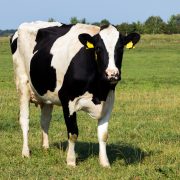
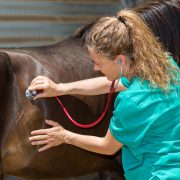
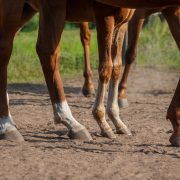
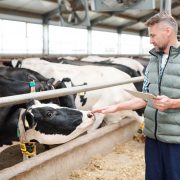
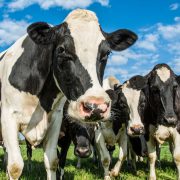
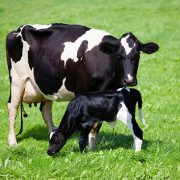

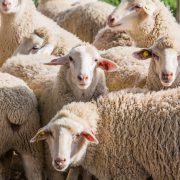

Leave a Reply
Want to join the discussion?Feel free to contribute!